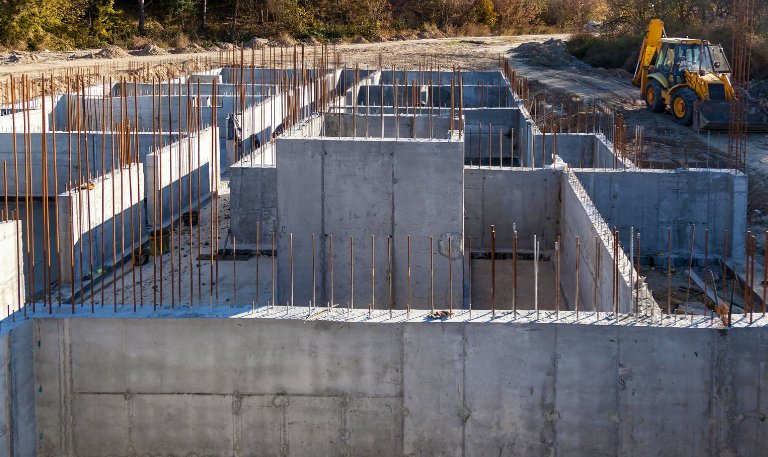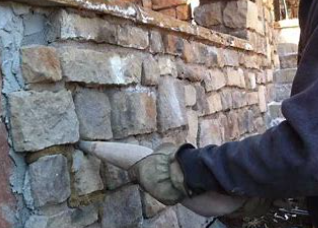2022 Building Code Updates: Fiberglass Rebar
Fiberglass rebar (in the codes as glass fiber reinforced polymer [GFRP]) is an amazing product that had quite a banner year in terms of incorporation into U.S. building codes
Why Fiberglass Rebar?
- Easier to cut and manipulate
- 75% lighter = fewer deliveries and less heavy lifting
- Stronger: 2x-3x the strength
- Longer-lasting: no corrosion
All told you save on operational costs. And at the moment you also save over black steel on material costs.
TMS 402/602
- With the addition of appendix D, GFRP can be used in non-loadbearing masonry walls. This make it ideal for fire escapes, elevator shafts, and retaining walls.
- No impact on a masonry wall’s fire rating
- No need to bend at the footer because the bar doesn’t corrode when in contact with the ground. Development length of a a straight bar 20x its diameter (e.g., 1/2″ bar should go in 10″)
- Replace the steel bar with an equal diameter bar that meets ASTM D7957 (#4 steel –> 4MAX)
ACI 440.11
- Codifies what has been a design guide for 15+ years
- Explains use in most concrete structures, with some exceptions (e.g, high seismic zones)
- Offers suggested reinforcement details
Ready to make the switch? Want a 2nd option from an engineer? Need a sample? Contact Ernest Maier today.
Latest News

4 Ways To Reinforce Concrete
Concrete is one of the most fundamental materials used in construction. If you’re working on a domestic project or a […]

The Environmental Benefits Of Using Ready-Mix Concrete
The construction industry is changing quickly to meet the growing demand for sustainability and eco-friendly practices. One of the most […]

6 Essential Tips For Grouting Stone Veneer
Grouting stone veneer is an important step in the installation process that can significantly impact the overall look and durability […]

Should You Fill Hollow Concrete Blocks?
Hollow concrete blocks are widely used in construction due to their strength, versatility, and lighter weight compared to solid blocks. […]
